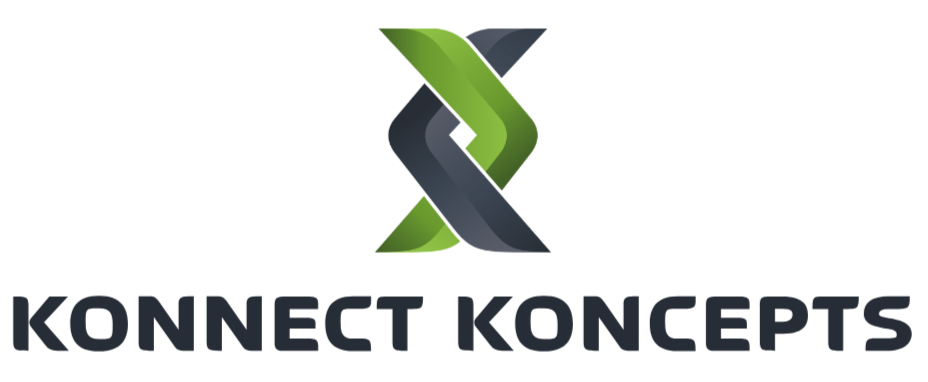Crafting a Job Role Description that Works
A job description isn’t just an admin task – it’s the first handshake between your business and a potential employee. Done well, it helps you attract the right people, set clear expectations, and protect your business. Done poorly, it can lead to confusion, wasted time, and the wrong hire.
Why It’s More Than a List of Tasks
Many Kiwi business owners know the frustration of getting flooded with applications that miss the mark. The problem often starts with a vague or outdated job description. This document is more than a list of duties – it’s a recruitment and management tool that shapes how your business runs.
A strong job description should:
Attract the right candidates by clearly describing the purpose and value of the role.
Set clear expectations from day one, outlining key responsibilities and success measures.
Provide legal clarity under New Zealand employment law by defining the role’s scope and protecting both parties if issues arise.
When you focus on why the role exists rather than just what it does, you’ll attract high-performing candidates who want to contribute, not just clock in. It’s your chance to sell the experience of working in your business – not just fill a seat.
The Building Blocks of a Great Job Description
Think of your job description as a well-built structure – every piece matters. To be effective (and compliant), it should include:
It’s also smart to include performance measures, work environment details, and, ideally, a salary range. While not legally required, salary transparency is becoming best practice in Aotearoa – saving everyone time and setting honest expectations.
Remember, under the Human Rights Act 1993, you must focus on the skills needed, not personal traits. Avoid wording that could be seen as biased or exclusionary.
Writing with Purpose and Personality
A job description is often the first taste of your company culture. Does yours sound corporate and stiff, or warm and collaborative? The tone should mirror how your business truly operates.
Highlight what makes your workplace stand out:
Flexibility – remote, hybrid or flexible hours are major drawcards.
Growth – mention development opportunities or training support.
Team culture – share a glimpse of what it’s like to be part of your crew.
Inclusive, gender-neutral language matters too – terms like salesperson or team member instead of salesman create a welcoming tone and widen your talent pool.
Keep It Current
A job description isn’t a “set and forget” document. Review it regularly – at least during performance reviews or before hiring – to make sure it still reflects the role. As your business evolves, so should your people’s responsibilities.
Need a hand?
At Konnect Koncepts, we help Kiwi businesses craft job role descriptions that are compliant, compelling, and designed to attract the right people – not just anyone who applies. Get in touch today for tailored support.

